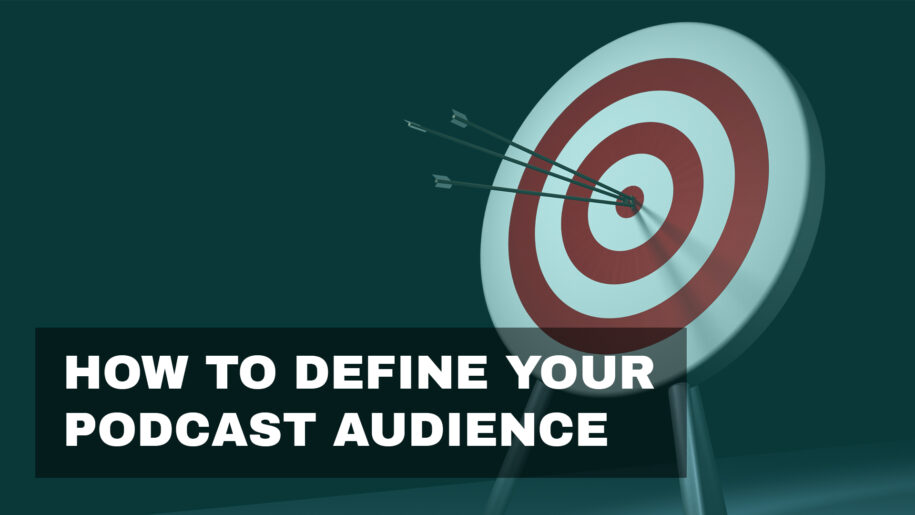One of the most critical steps in launching a successful podcast is defining your target audience. Understanding who you’re speaking to will help you tailor your content, marketing efforts, and overall strategy to better engage and grow your listener base. Here’s a step-by-step guide to help you define your podcast audience.
1. Identify Your Podcast’s Purpose
Determine Your Goals
What do you want to achieve with your podcast? Whether it’s to educate, entertain, inspire, or promote a product or service, clearly defining your goals will help you understand who your ideal listeners are.
Clarify Your Niche
Your niche is the specific topic or theme your podcast covers. A well-defined niche helps attract a targeted audience interested in that subject. For example, if your podcast is about personal finance for millennials, your content and audience will be very different from a podcast about classic literature.
2. Research Your Market
Analyze Competitors
Look at other podcasts in your niche. Who are their listeners? What kind of content do they produce? Understanding your competition can provide valuable insights into potential audience demographics and interests.
Study Industry Reports
Industry reports and studies on podcasting trends can offer data on listener habits, popular genres, and demographic information. This data can help you identify who might be interested in your podcast.
3. Create Listener Personas
Demographics
Define the basic characteristics of your ideal listeners, such as age, gender, location, occupation, and income level. For example, if your podcast focuses on career advice for young professionals, your audience might be primarily in their 20s and 30s, working in various industries and seeking career growth.
Psychographics
Go beyond demographics to understand your audience’s values, interests, lifestyles, and behaviors. What are their pain points and challenges? What motivates them? This deeper understanding will help you create content that resonates with them on a personal level.
4. Engage with Your Audience
Surveys and Polls
Conduct surveys and polls on your website, social media, or through email newsletters to gather direct feedback from your audience. Ask questions about their preferences, interests, and what they’d like to hear more about.
Social Media Insights
Use social media analytics tools to understand who’s engaging with your content. Platforms like Facebook, Instagram, and Twitter offer insights into your followers’ demographics and behaviors.
Podcast Reviews and Comments
Read reviews and comments on your podcast episodes. Pay attention to recurring themes in feedback and suggestions. This can provide valuable information about what your audience likes and dislikes.
5. Leverage Analytics
Podcast Hosting Platform
Most podcast hosting platforms offer analytics that show listener demographics, geographic data, and listening habits. Use this data to refine your understanding of who your audience is.
Website Analytics
If you have a website for your podcast, use tools like Google Analytics to track visitor behavior, demographics, and interests. This can help you understand how listeners are engaging with your content online.
6. Refine Your Content Strategy
Tailor Your Topics
Based on your audience research, choose topics that align with your listeners’ interests and needs. If your audience is interested in practical advice, create episodes that offer actionable tips and solutions.
Adjust Your Tone and Style
Your delivery should resonate with your audience. For instance, if your listeners are young and casual, a conversational and informal tone might be more effective. Conversely, a more professional and structured approach may be better for a business-focused audience.
Experiment and Adapt
Don’t be afraid to experiment with different formats, segments, and content types. Monitor the response to these changes and adjust your strategy accordingly.
7. Build Community and Foster Engagement
Engage on Social Media
Create social media profiles for your podcast and actively engage with your audience. Respond to comments, share relevant content, and create a sense of community around your podcast.
Host Live Q&A Sessions
Live Q&A sessions on platforms like Instagram, Facebook, or YouTube allow you to interact directly with your audience, answer their questions, and get real-time feedback.
Encourage Listener Participation
Invite listeners to submit questions, share their stories, or participate in episodes. This not only engages your audience but also makes them feel valued and involved.
Defining your podcast audience is an ongoing process that involves understanding who they are, what they need, and how you can best serve them. By identifying your podcast’s purpose, researching your market, creating listener personas, engaging with your audience, leveraging analytics, refining your content strategy, and building a community, you’ll be well on your way to creating a podcast that resonates with your target listeners and stands out in the crowded podcasting landscape.
Happy podcasting!


